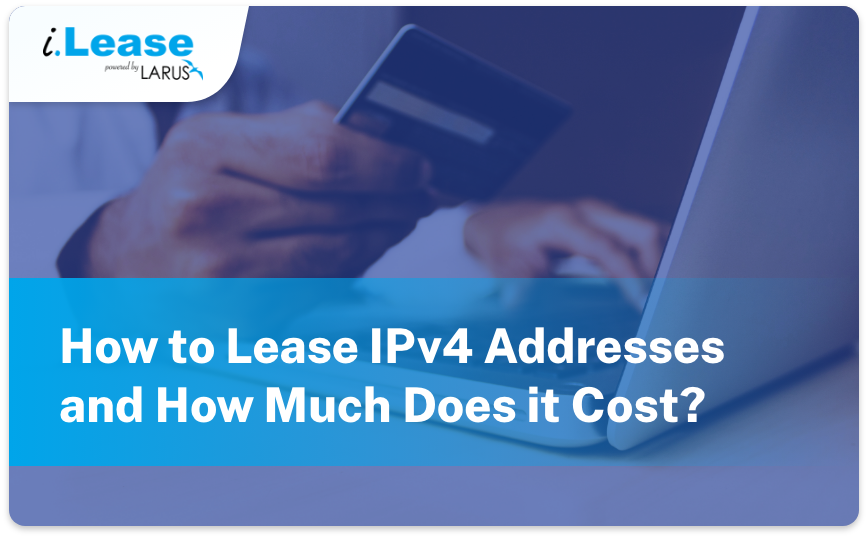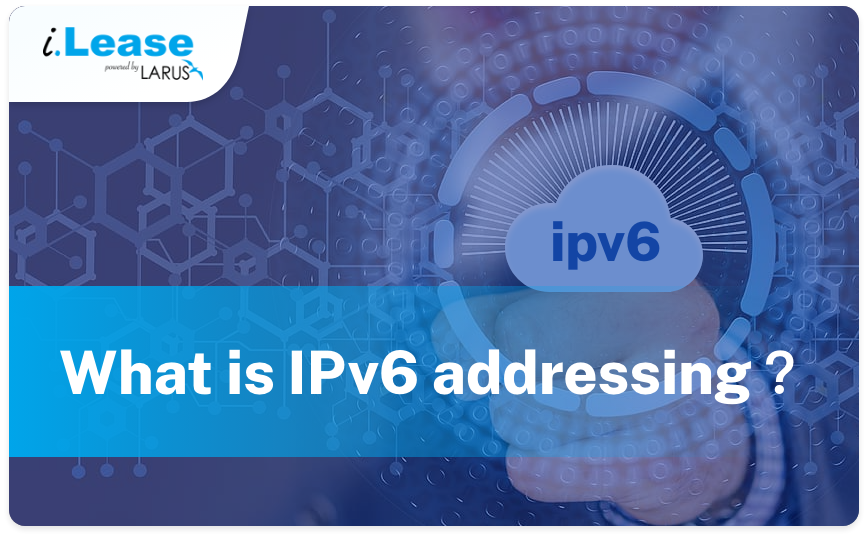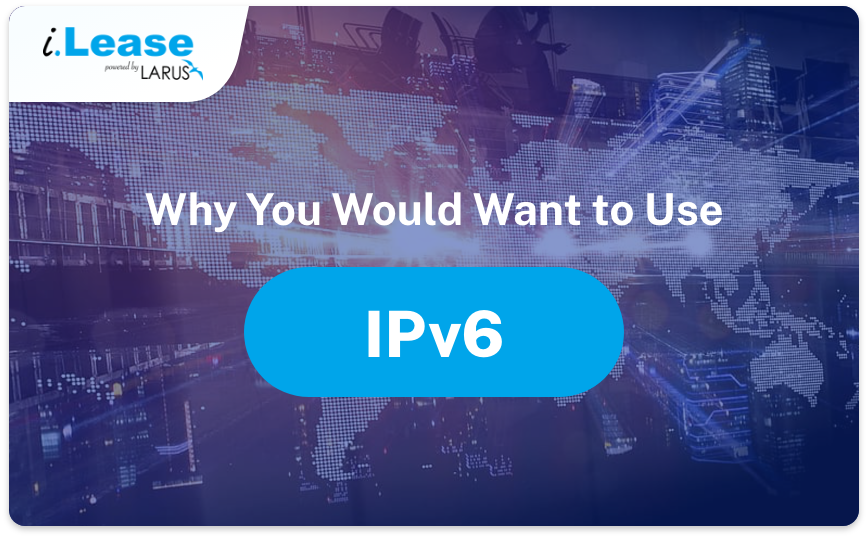Blog

IPv4 addresses are technically exhausted. But because they are absolutely essential, businesses and organizations have found ways to continue to redistribute existing IPv4 addresses. Table of Contents Toggle 1.0 Why Opt for IPv4 Leasing? 2.0 Why IPv4s are So Expensive to Buy 3.0 Leasing: A Cost-Efficient Alternative 4.0 How Much Does IPv4 Cost? 5.0
Go ahead

09November
Get ready for European IPv4 addresses
If you want ripe RIPE IPv4 addresses, there will be a literal waiting list to join. In a new policy approved and posted on Tuesday, the regional internet registry (RIR) that serves Europe, the Middle East and Central Asia, dubbed RIPE, has decided that the only way it can deal
Go ahead

09November
What is ipv6 addressing
1.0 What is IPv6 Imagine the internet as a vast, intricate network of roads where each device, be it a computer, smartphone, or any internet-enabled gadget, is a vehicle needing a unique address to travel the digital highways. Table of Contents Toggle 1.0 What is IPv6 2.0 Key Characteristics of IPv6 2.1
Go ahead

09November
Why You Would Want to Use IPv6
IPv6, or Internet Protocol version 6, is the latest version of the Internet Protocol (IP). It was designed to overcome the limitations of its predecessor, IPv4. Table of Contents Toggle Top 5 Benefits of Switching to IPv6 1. Address Space 2. Enhanced Security 3. Increased Efficiency 4. Support for New Technologies 5. Support for Larger
Go ahead

Leasing offers a two-way advantage. For lessors, it is an opportunity to make recurring revenue. For lessees, it is a way to meet their needs for IP addresses without making big financial commitments. Table of Contents Toggle 1.0 When did the leasing of unused IP addresses start?2.0 Key factors contributing
Go ahead
